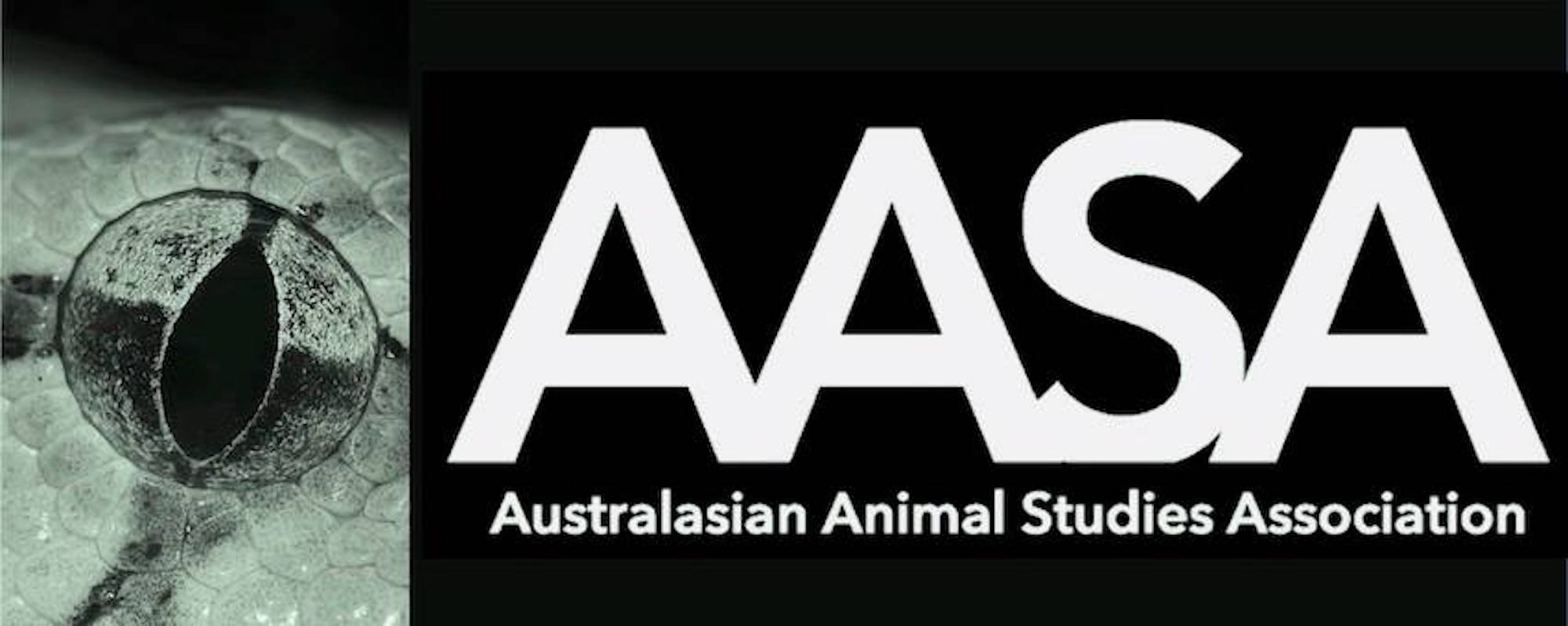The August session, ‘Writing with Animals’, was a fascinating mix of theory and application. We began with a work by Linda Vance, that appeared in Carol J Adams and Josephine Donovan’s collection of essays in the then emergent field of animal studies in 1995. This essay still offers a ‘very current’ perspective (Laird). Apart from the beauty of the writing itself in this work, we found much that was helpful in Vance’s call for writing that does not reinforce ideas of human domination over all other animals, that does not privilege human use of other species, and does not create other-than-human creatures as an abstraction.
Vance is prescient in her call for an alternative mode of writing that is ecologically and ethically appropriate, and that gives voice to nonhuman people in ways that makes humans care. This final tranche of this argument, positioning the narrative ‘at the point where you care’ was a strength of Vance’s work (Tait). Lori Gruen’s delineation of the differences between arrogant and strategic anthropomorphism was present in our agreement that human writers need to make non-human animals ‘emotionally’ part of the human ‘world’, offering readers an affective connection (Tait).
We then considered the creative works offered to us by two regular members of our reading group. It was agreed that the works by Laura Jean McKay and Hayley Singer demonstrated the positive choices available to writers that Vance outlines in her theory and her practice. Although the works themselves are very different, with McKay directly voicing non-humans, and Singer situating the narrative voice as one animal amongst many facing shared bodily affronts, both create an atmosphere of care and attention.
There was, in the group, a thirst for more such works that displace human characters as a ‘propelling force’ (mowson). We concluded that such perspectives have not yet generally ‘come into practice’, particularly in fiction (Bromberg). Vance positions such writing ‘as a form of activism’ (mowson). The creative writers in our group noted the difficulty of managing the narrative arcs, conflicts and events that attract general readers, while also answering the call to advocacy outlined by Vance.
The next session with be our final in lynn mowson’s compelling overview of the animal studies archive. We note that this endeavour will not end here, and commend the work done in this same direction, through the inclusion of seminal works, in Palgrave Macmillan’s recently published Feminist Ecologies Changing Environments in the Anthropocene (edited by Lara Stevens, Peta Tait and Denise Varney, 2018). It might be, we thought, that the ecocritical idea of attentive caring has not crossed into animal studies as much as it could have. Similarly, ecocriticism could gain from drawing more on animal studies.
Works read: Vance, Linda. 1995. “Beyond Just-So Stories: Narrative, Animals, and Ethics.” in Animals and Women: Feminist Theoretical Explorations. Editors: Carol J Adams and Josephine Donovan. Durham and London: Duke University Press, 163-191 and McKay, Laura Jean. 2012 “Those Last Days of Summer.” Seventh Gallery. and Singer, Hayley. 2018. “From the Ribs of Disaster.” The Lifted Brow. 36.
Summary by Sue Pyke. Other Knowing Animal Reading Group participants for this session were: Leo Bromberg, Tessa Laird, Rachel Leary, Fiona Li, Natalie Roadknight, lynn mowson and Peta Tait.


